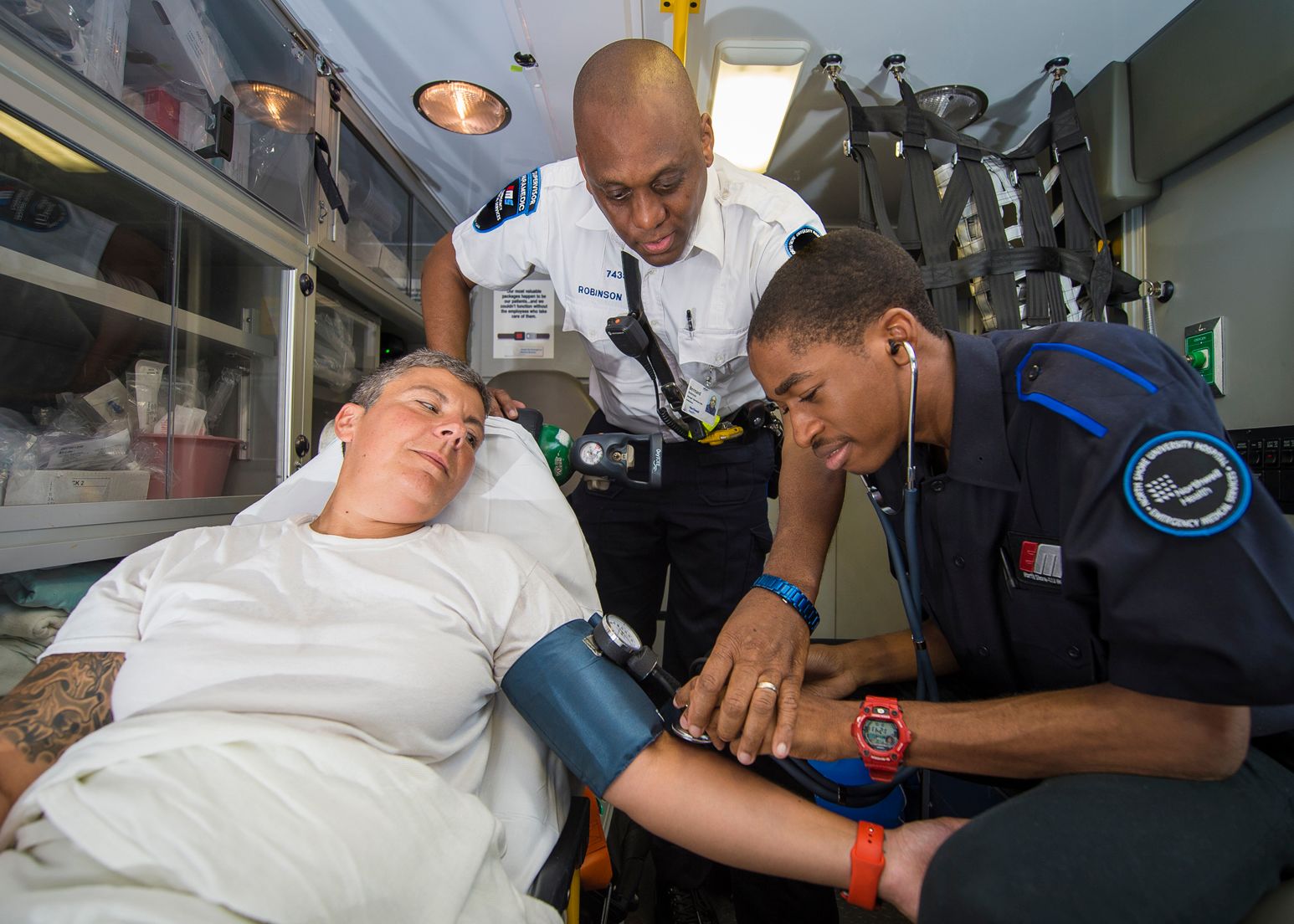Emergency medical services (EMS) is a crucial profession that is a noble one, offers an exciting job that revolves around saving lives and providing essential medical care. If you’re considering becoming an Emergency Medical Technician (EMT) or perhaps advancing to the prestigious role of a paramedic you’re entering a profession which has huge growth potential and a high demand for qualified professionals. In this article, we’ll guide you through the steps to become an EMT and paramedic, exploring the various training options available, including DSHS approved EMS training course.

Understanding the Role of EMTs and Paramedics:
Emergency Medical Technicians are also referred to as paramedics or EMTs are the first responders in emergencies. They provide immediate medical care. They are trained to evaluate and take care of patients and transport them safely to medical facilities for further treatment. EMTs and paramedics play a vital role in stabilizing patients in critical moments, making split-second decisions and providing compassionate care in times stress.
Step 1: Becoming an EMT:
To become an EMT, you need to successfully complete the required education and training that may differ depending upon the certification level you’d like to achieve. Three levels of EMT Certification are offered:
1. EMT-Basic: This certification is at the entry-level and requires between 100 and 150 training hours. EMT-Bs are certified to provide basic medical care that includes CPR and bleeding control and the basic management of airways.
2. EMT-Intermediate: This is a level which requires more education. The amount of additional training required is different from state to another. In some states, this level is paired with EMT-B. In others the course can vary from 200-400 hours, which includes advanced medical skills including intravenous therapy as well as other skills that are enriched.
3. EMT Paramedic (EMT P): EMT-P is the most prestigious level of certification for EMTs. The training required to earn this credential typically ranges from 1,800 to 1,000 hours. Paramedics are skilled in medical procedures, such as the administration of medications, reading EKGs and directing airways.
Step 2: Pursuing Paramedic Certification
To become a paramedic, you have to pass the EMTB or EMTI level and then gain some practical experience. After that, it is possible to take part in a paramedic education program, which typically takes between one and two years to complete. Through the rigorous training, you’ll study the latest medical topics. In addition, you’ll acquire the knowledge and skills needed to tackle urgent scenarios.
Explore EMT Training Options
You are able to choose from a wide range of EMT training courses, based on your level of certification. EMT classes are typically offered through medical trade schools and community colleges at all levels. The programs offer a mix of classroom instruction with hands-on instruction as well as practical experience in the field in clinical settings.
If you want a comprehensive and deep EMT program that can be a pathway to a degree from the college or university of your choice They may also provide EMT training at the EMT-Paramedic levels. These programs will help you gain an in-depth understanding of emergency medicine, allowing you to make more informed medical decisions and better care for patients.
Step 4: Ensure DSHS Approved EMS Training:
If you’re an aspiring paramedic or EMT, it is important that the training program that you select be DSHS-approved. The Department of State Health Services, or DSHS, approves EMS Training Courses to ensure high standards of training. By enrolling in a DSHS-approved EMS training will ensure that you receive top-notch training and meet the certification requirements.
The profession of EMT or paramedic can be an extremely rewarding and well-respected career option. As first responders, EMTs and paramedics play a crucial role in saving lives as well as providing urgent medical attention in emergency situations. To be aspiring EMTs or paramedics who want to start this life-saving endeavor they must finish all the required education and training programs. They can pick from a wide range of EMT programs, based on the certification level they wish to obtain. They include community colleges, medical schools and university courses.
It is essential to think about the various training options available to you and ensure that the EMS course you choose is approved by DSHS. This ensures that you receive a high-quality education that is up to the requirements for EMT certification as well as paramedic accreditation.
The demand for emergency medical professionals is increasing. Being a part of the field of EMS can offer you many job opportunities, as well being a chance to make a the ability to make a difference in others life. You can start out as an EMT or progress up to paramedic status. Your dedication to providing medically critical care will pay off with a rewarding career.
